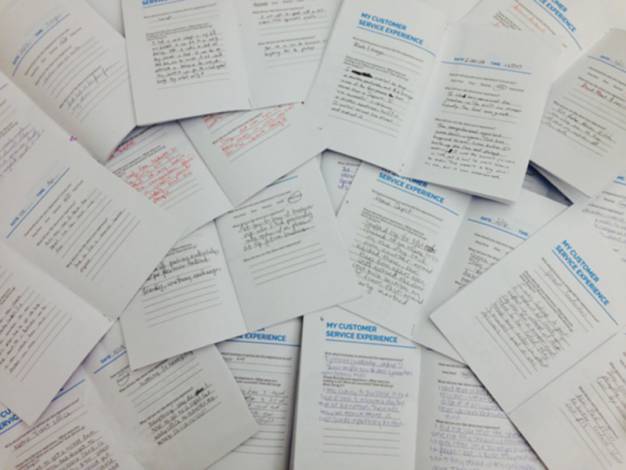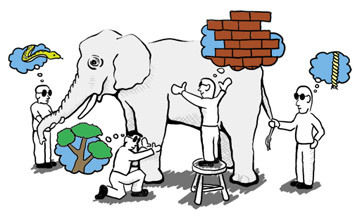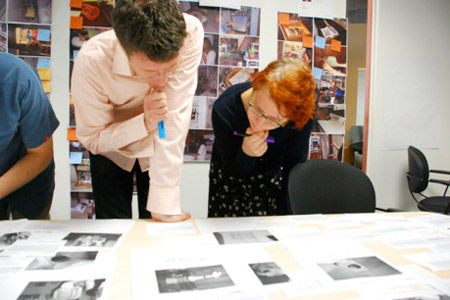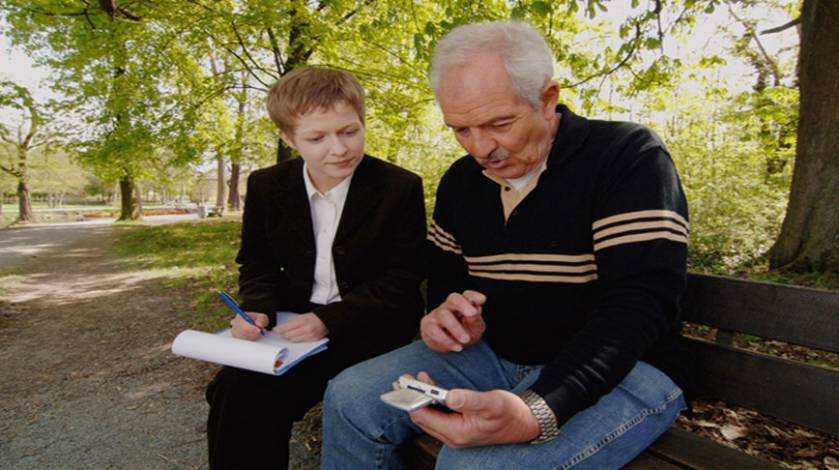This week we’ve been looking at the benefits of ethnographic research for the user experience design; we’ve also taken a look at some techniques which can enhance the efficiency of this research. This is important because ethnographic research isn’t cheap and if you’ve missed any of the earlier parts of this series – you can find them under the UX Daily tab on our website.
Today, we’re going to take a look at the final part of using your ethnographic research to deliver benefits for your audience – the final analysis.
The Final Analysis
The beauty of ethnographic research is its ability to peer into the unknown and bring back data that you weren’t expecting. Of course, it’s nice to find data that supports your existing hypotheses but you want to review the data on first pass for the surprises.

Go through the notes and any data generated from the project and look for ideas that don’t tally with your experiences and understanding of the user base. Look at your initial expectations and see where the clashes between the evidence and the expectation lay. Go and talk to the stakeholders and review their debriefings – what were the big surprises for them?

Then take the time to revisit every user’s input individually to the project. What do you think this person’s ideal use case would look like? Where are the gaps between that ideal and the reality? Talk to technical stakeholders about the costs and implications of bridging these gaps. It is unlikely that you’re going to be able to deliver everything for every user at once but there are often big opportunities to be found by thinking through the user journey and asking; “What would the users want here?”
Summary
If you want to give your users the best possible experience then you need to determine what it is that they truly need. Lab based research is great for testing very specific questions in a very structured manner but where it falls down is the ability to peer into a user’s actual environment and see how they really conduct themselves.
The beauty of ethnographic research is that it overcomes this limitation. It allows you to get the clearest picture of how a user group really behaves. It requires that you shed your pre-suppositions and focus on the reality.

In order to get the most from investing in this kind of research you need big outputs – light bulb moments that truly shape your offering and provide a keen commercial differentiation between you and your competitors in your chosen space.
When done right you will gain genuine strategic insights that can shape your products and services to become world leading through the effective deployment of ethnographic research.
Image Source:
UID (link to image)
drs Bangkok (link to image)
Sarah Gottfried (link to image)
Theology Geek (link to image)











